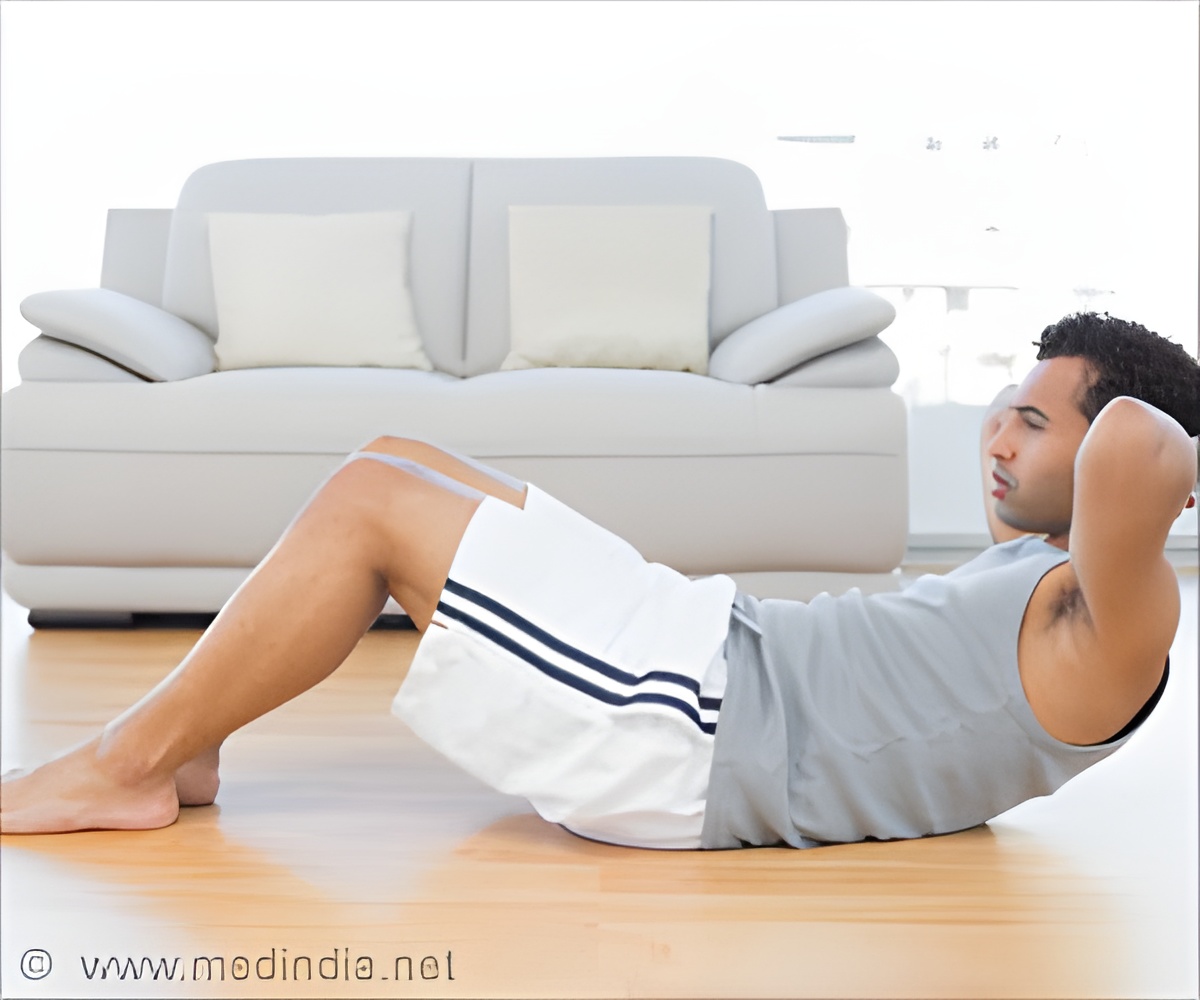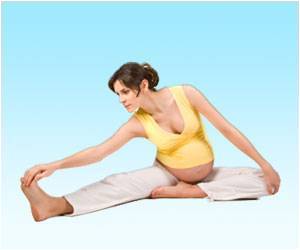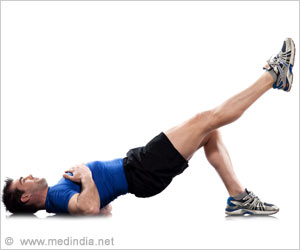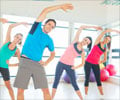
‘The ideal garment for outdoor exercise in winters is one which is wind resistant but permits the evaporation of the sweat from the skin.’
Tweet it Now
Drink Water before Going for a Long Walk Even in severe cold, air becomes warm by the time it reaches the airway passages. The warm breath has a high capacity to hold the moisture. This occurs at the expense of water from the respiratory passages. Thus when physical activity in cold weather is accompanied by heavy breathing. Dry airway passages may contribute to breathing difficulty during exercise in the cold. This problem may be avoided by drinking water at room temperature before going for long walks. Avoid hot beverages and alcohol. Avoid walking outdoors after drinking hot drinks or alcohol. These beverages relax the skin blood vessels, leading to a significant loss of heat from the exposed skin, especially hands.
Avoid Outdoor Exercise in Extreme Cold Patients with heart disease should avoid outdoor exercise if the Wind Chill Index is below -10 degree Fahrenheit.
Slow Down a Little Bit Moderate exercise results in a ten-fold increase in heat production. This is enough to counter the cold stress. Strenuous activity facilitates heat loss into the environment by causing dilatation of muscle blood vessels. It also imposes an additional burden on the heart. Barring well-acclimatised athletes, people should avoid heavy exertion in very cold weather. In cold environment, it is also a good policy to alternate periods of moderate activity with periods of leisurely activity. However, complete rest between periods of activity is undesirable. It may cause pooling of the blood in the legs, leading to dizziness caused by fall in blood pressure.
Avoid Water Sports in the Winter Swimming in unheated swimming pools should be avoided. Water is a good conductor of heat. It results in an excessive heat loss, which cannot be matched by heat production by the body.
Advertisement
Walk Along the Breeze If you are walking in strong breeze, either walk with it or slow down a little. You will get the same benefits that you would in a faster walk during normal weather. Toward the end, slow down for a while to allow evaporation of the sweat, and walk back home.
Advertisement
Slow Down After Snowing After snowing, slow down your pace. If there is ice on the road, it is best to wait until later in the day when sun has melted it. Walking over packed snow significantly increases energy requirements. If it is impossible to find a clean path even later, you should walk indoors on that day. Significant amounts of water and heat can be lost from the respiratory tract, especially.
Source-ANI















